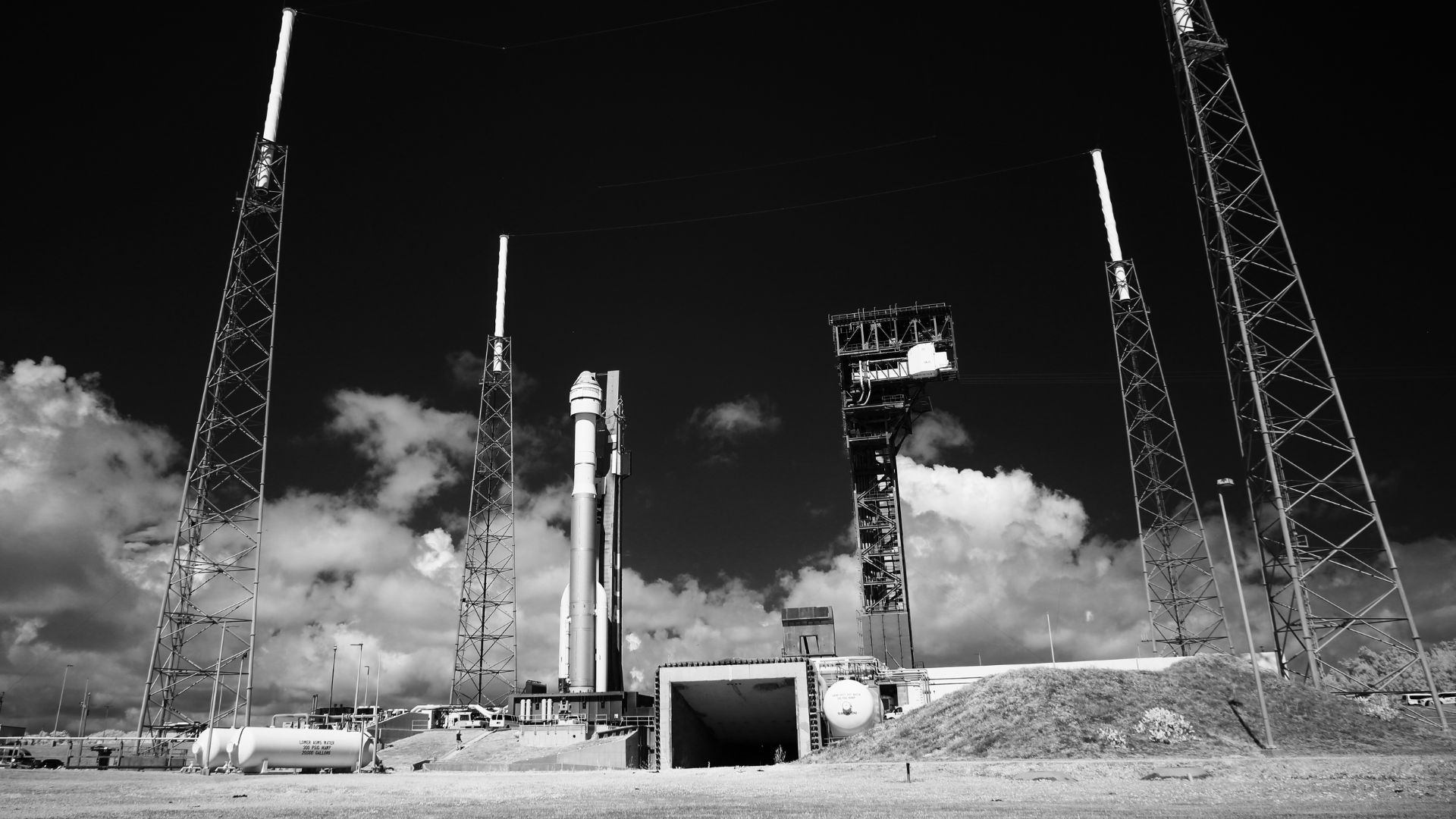NASA Astronauts Face Extended Mission Due to Boeing-Built Spacecraft Issues
The first Starliner astronauts who reached the ISS on June 6, originally planned for a short stay. However, technical issues with the Boeing-built Starliner spacecraft have extended their mission for at least another 20 days.
This unexpected extension highlights the importance of ensuring the spacecraft’s reliability before their safe return to Earth.
Troubles Begin En Route
Shortly after launch on June 5, the Starliner experienced several issues, including malfunctioning thrusters and helium leaks.

Source: NASA/Joel Kowsky/Wikimedia Commons
These problems arose during the spacecraft’s journey to the ISS, necessitating a longer mission for astronauts Suni Williams and Butch Wilmore to aid in troubleshooting these issues while in orbit.
Importance of the Service Module
The Starliner’s service module, which encountered most of the issues, is necessary for propulsion and maneuvering.

Source: NASA/Joel Kowsky/Wikimedia Commons
Engineers will need to gather as much data as possible while the spacecraft remains docked at the ISS, as the service module will be discarded before the capsule returns to Earth, limiting further analysis opportunities.
Previous Delays and Challenges
This crewed test flight follows years of delays and issues identified in uncrewed test missions in 2019 and 2022.

Source: NASA/Wikimedia Commons
During the 2022 test, similar thruster problems were detected. Despite efforts to address these issues, they resurfaced, indicating a deeper, unresolved problem with the spacecraft’s systems.
Efforts to Resolve Thruster Issues
NASA and Boeing engineers are meticulously reviewing flight data to identify the root cause of the thruster malfunctions.

Source: Bob Hines/NASA/Wikimedia Commons
One theory suggests that overheating during rapid firing sequences might have affected the thrusters’ fuel burn. This ongoing analysis is critical to prevent similar issues in future missions.
Addressing Helium Leaks
In addition to thruster problems, the Starliner experienced helium leaks, further complicating the mission. Engineers are investigating whether these leaks are related to the thruster issues.

Source: NASA/Joel Kowsky/Wikimedia Commons
Of the five failed service module thrusters, four have been recovered, providing valuable data for troubleshooting.
Ensuring Crew Safety
Steve Stich, NASA’s Commercial Crew Program manager, reassured that the mission’s success and the astronauts’ safe return are not in jeopardy.

Source: NASA/Wikimedia Commons
He emphasized the importance of a thorough analysis, stating, “We really want to work through the remainder of the data.”
Preparing for Return
If the current timeline holds, Williams and Wilmore are set to undock from the ISS on June 25, with a landing scheduled for early June 26.

Source: NASA/Bill Ingalls/Wikimedia Commons
However, additional departure opportunities are available, with the next window on July 2 and every four days thereafter, providing flexibility in mission planning.
Importance of In-Orbit Analysis
Conducting in-orbit analysis is important for understanding Starliner’s issues. Since the service module won’t return to Earth, engineers have to capitalize on this time to gather as much data as possible.

Source: Bob Hines/NASA/Wikimedia Commons
This approach ensures that future missions will benefit from the lessons learned during this test flight.
Looking Ahead
The Starliner’s first crewed test flight is still a significant milestone, despite the challenges faced.

Source: NASA/Joel Kowsky/Wikimedia Commons
The extended mission provides an opportunity for NASA and Boeing to address technical issues and improve the spacecraft’s design, ensuring the success of future missions and the safety of astronauts.
Commitment to Success
Despite the unexpected extension, the mission remains a critical step toward validating the Starliner for regular crewed missions.

Source: NASA/Wikimedia Commons
NASA and Boeing’s commitment to resolving these issues demonstrates their dedication to advancing human spaceflight and ensuring the reliability of the spacecraft.
Anticipation for Future Missions
As NASA and Boeing work through these challenges, the anticipation for future missions grows.

Source: NASA/Wikimedia Commons
The lessons learned from this extended mission will play a vital role in shaping the future of commercial spaceflight, paving the way for more reliable and safer missions to the ISS and beyond.
